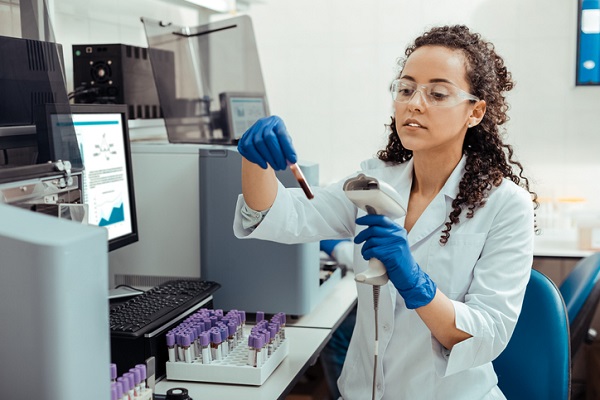
If you’re interested in a career as a medical laboratory technician, you will need to have an understanding of cytology. In simple terms, cytology is the study of cells. It can be used to diagnose an individual with a particular disease or condition.
The most well-known example of cytology is the smear test, sometimes referred to as the Pap test. This involves taking cells from the cervix and examining them for cervical cancer.
As a medical laboratory technician, you will be responsible for collecting blood, tissue or cell samples from patients for tests like this, and understanding the underlying principles behind your work is a must.
Read on to find out why cytology is an important part of medical lab training.
Learn About the Benefits of Cytology in Medical Lab Tech Courses
While studying at medical laboratory technician school, you will not only learn how cytology works, but you will also learn about its advantages.
Cytology has many benefits over traditional tissue samples. Firstly, cytology is a safe method of diagnosis. It’s less invasive than taking tissue samples and the patient is unlikely to experience any discomfort. There is a low chance of complications because the procedure is so simple and the patient is unlikely to need anesthetic.
Secondly, it’s possible to obtain a cell sample for cytology and to see the results quite quickly. Medical professionals can view the samples and provide a primary diagnosis almost instantly. This is very important when diagnosing early stages of cancer.
Thirdly, cytology is cost-effective. This is because the procedure is simple and quick, and requires minimal equipment.
Lastly, cytology provides very accurate results. The introduction of the smear test in the 1960s led to a dramatic drop in the rate of death from cervical cancer.
Different Types of Cytology
There are two main branches of cytology that you will encounter as part of your medical lab tech training: exfoliative and aspiration.

Exfoliative cytology involves samples that have been collected from the body’s surface. This includes bodily fluids like blood or urine that have already left the body, or skin samples that have been scraped off.The Pap smear test is an example of exfoliative cytology.
Samples in aspiration cytology are taken from the body using a syringe. This is sometimes referred to as fine needle aspiration (FNA).
Diagnosing Samples from Patients
Once the medical lab technician has got the sample, the next step is examination and diagnosis. The cells are smeared on a glass slide, stained, and placed under a microscope. This is where the smear test gets its name!
A doctor would examine the cells to look for any abnormalities. This can be used to spot early signs of cancer.
Are you interested in kickstarting your career with medical lab tech courses?
Contact Medix College for more information!




